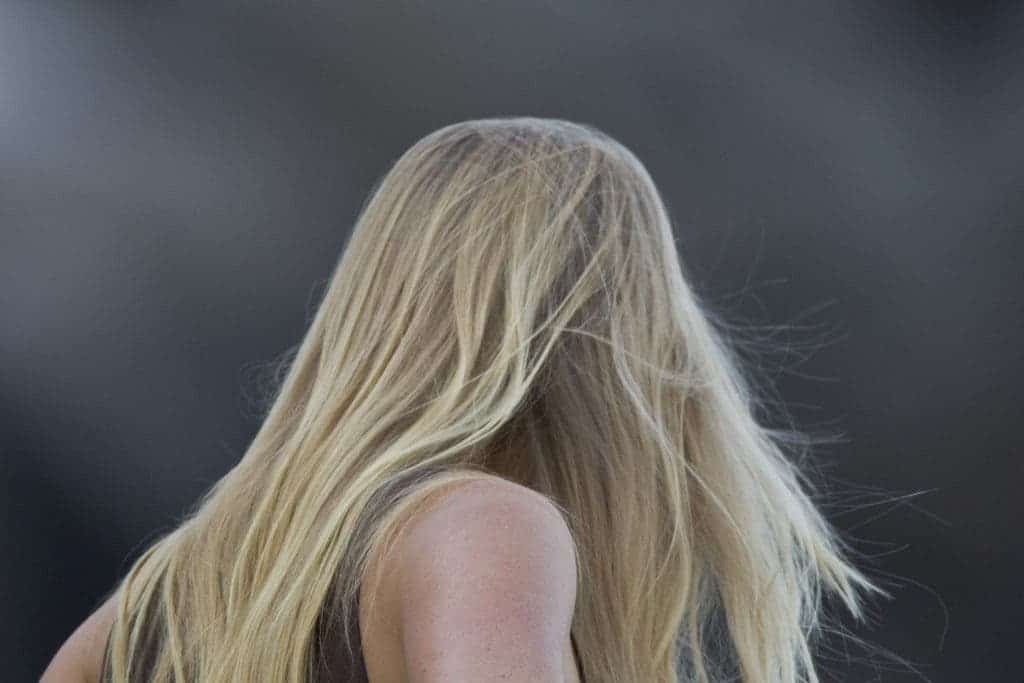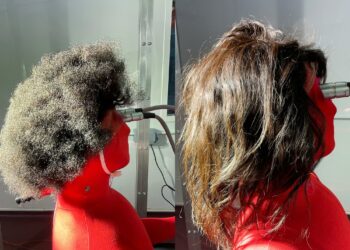
It seems counter-intuitive but weight-for-weight, a strand of human hair is comparable in strength to steel. It’s also elastic, being stretchable one and a half times its original length before breaking. These properties have attracted interest in a new class of materials that mimic hair. Now, a group from the University of California San Diego have finally found out what makes hair so strong and suggest a body armor made from synthetic hair as a first application.
“Nature creates a variety of interesting materials and architectures in very ingenious ways. We’re interested in understanding the correlation between the structure and the properties of biological materials to develop synthetic materials and designs — based on nature — that have better performance than existing ones,” said Marc Meyers, a professor of mechanical engineering at the UC San Diego Jacobs School of Engineering and the lead author of the study.
Meyers and colleagues put single strands of human hairs to deformation and compression tests. Examining the hairs as they deformed or stretched at the nanoscale level revealed they behave differently depending on how fast or slow they’re stretched. The fast hair stretches, the stronger it is, which is analogous to how honey behaves, Meyers said.
“Think of a highly viscous substance like honey,” he explained. “If you deform it fast it becomes stiff, but if you deform it slowly it readily pours.”
Hair is essentially made of two main parts: the cortex, made of parallel fibrils, and the matrix, comprised of an amorphous (non-ordered, random) structure. It’s the matrix that’s sensitive to the speed of deformation while the cortex is not. It’s these two properties combined that lend hair the ability to withstand high stress.
[ALSO SEE] How fair hair grows
That’s not all. The cortex fibrils are each made of thousands of spiral-shaped chains of molecules called alpha helix chains. When hair is deformed, these chains uncoil and turn into sheet structures. According to the UC San Diego researchers, this structural change allows hair to handle a large amount of deformation without breaking, as reported in the journal Materials Science and Engineering.
Another interesting fact about hair deformation is that it’s partly reversible. If you stretch a strand of hair under a small amount of strain, it will recover to its initial shape. Stretch it further, though, and the deformation becomes irreversible.
Next, the team plans to study why water has such a strong influence on human hair properties. For instance, washing hair causes it to revert to its initial shape.
“Since I was a child I always wondered why hair is so strong. Now I know why,” said Wen Yang, a former postdoctoral researcher in Meyers’ research group and co-author on the paper.






